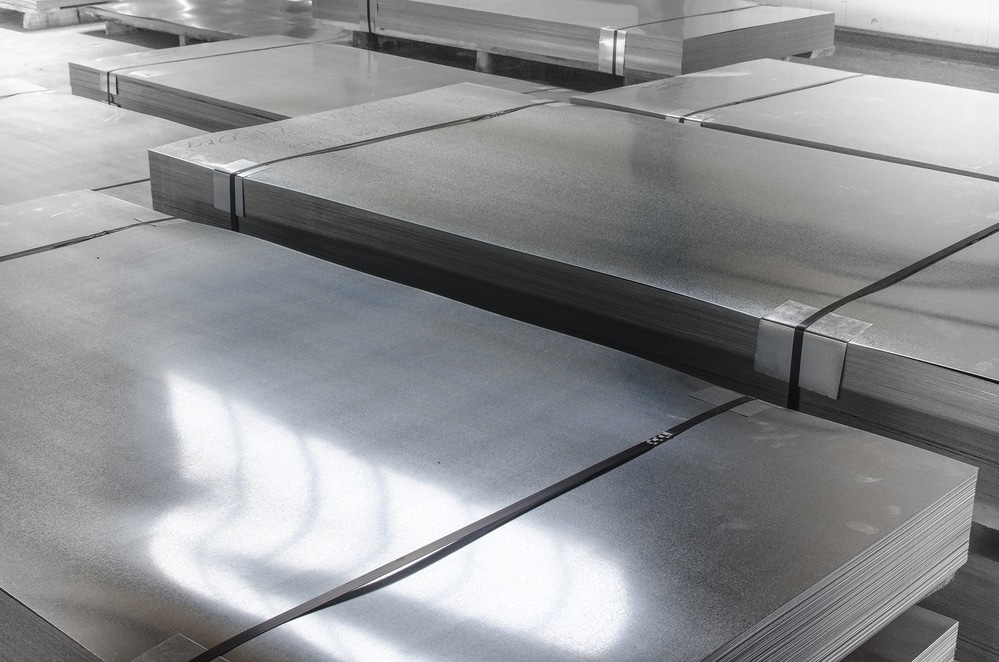
All steel is not created equal. There are several different types of steel, including carbon steel, steel alloys, and stainless steel. Each of these have uses in different applications, and they are rated based on that application. Grading stainless steel falls to two different (and completely separate) organizations depending on how the steel will be used.
Likewise, there are two different steel grade formats that you will see. The first is from ASTM International, which grades steel for use in construction, and uses a letter designation based on the type of steel followed by numbers representing the steel’s qualities. The second is from SAE International, which grades steel for use in automotive and aerospace.
It is important to remember that these types of steel can be used for other applications. The two most commonly used types of steel come from both of these grading systems.
ASTM A53 Carbon steel for construction
Carbon steel is used for a lot of different uses, and the most common grade is ASTM A53 meant for structural construction and low-pressure pipelines. Do not let the grade fool you – there are different types of steel within the same grade as well. The ASTM A53 designation covers both seamless and welded black as well as hot-dipped galvanized steel. It comes in 3 types labeled F, E, and S, and two grades (A/B).
Each type is used for different applications. Type F is used for piping related to furnaces. Type E has electrical resistance, and Type S is seamless pipe. Grade B seamless is the most popular type of carbon steel pipes that we offer, and has many residential, commercial, and industrial uses.
The SAE Grading system for stainless steel
SAE grades more steel than just stainless, with steel graded for automotive and aerospace use. Of course, stainless steel has many mechanical applications. With its ability to be easily formed and being ideal for sterile environments it is easy to see why stainless steel often “steels” the show.
SAE steel grades are based on a four digit numbering system. The first digit relates to the type of steel being graded. The second digit relates to the alloying element and its concentration. The last two digits of the grade indicate the concentration of carbon in the steel.
The most common grade within SAE steels is the 304 stainless steel. This steel uses both chromium and nickel as alloying elements. SAE 304 stainless steel is an austenitic stainless steel, meaning that it is not as thermally or electrically conductive as carbon steel. It is also less magnetic, but it offers a higher corrosion resistance in trade. Stainless steel is also extremely versatile, as it can be easily formed to whatever engineering or mechanical parts necessary.
As you can see, both of these types of steel have many uses. Although these are the most commonly purchased that we offer, we have others that may be more suited to your needs. Our experts can help you determine the right solution for your project.











